
10 minute read
Feature
PLANTS AND EMPIRE: A HISTORY OF PLANT-HUNTING IN MYANMAR
TEXT: CHRISTIAN GILBERTI
Advertisement
Take a stroll through an English country garden on a summer’s day and you will encounter a colorful explosion of fl owering plants — masses of white lilies, ropes of purple orchids, and heaps of pink rhododendrons, to name a few.
But none of these plants is actually nati ve to England. Instead, they originated in the temperate fi elds and forests of Northern Myanmar where the humid jungles of the wet Irrawaddy River Valley give way to the chilly foothills of the Himalayas.
How, then, did they end up in a garden over 6,000 miles away?
The story of the spread of Burmese fl ora around the world is one that involves a great deal of calculati on, deceit, and the expansion of Briti sh imperial rule in the 19th century.
As early as the 18th century, fl owers were brought back to England as valued trophies by Briti sh botanists who oft en acted as reconnaissance parti es for conquering Briti sh armies.
Empire and plant-collecti ng went hand-in-hand, as in the example of Dr. Francis Buchanan — a Scotti sh Botanist and physician — who accompanied the diplomat Michael Symes on the first ever British mission to the Burmese king in 1795.
During the expediti on, Buchanan collected plants along the shores of the Irrawaddy River and sent dried specimens back to the Board of Directors of the Briti sh East India Company in London.
Later on, in 1826, Dr. Nathaniel Wallich of the Calcutt a Botanical Garden accompanied the Crawfurd mission to the Burmese King Bagyidaw, in order “to report on the resources of the forests of Pegu and Ava”.
The Plant Hunter. Frank Kingdon-Ward (1885-1958) wrote over 25 books about his expediti ons in search of plants
and new species meant big business for whomever was able to control supply.
The Briti sh eyed Myanmar’s plants with envy and when they fi nally conquered the whole of the country in 1885, it was following a dispute over a plant — the teak tree — and the right to log it.
Aft er the Briti sh conquest, English botanists set to work collecti ng and identi fying Burmese fl ora and fauna in the name of science (but also in the name of empire).
Whenever they “discovered” a local fl ower or tree, they re-named it aft er themselves or their patrons, thereby inculcati ng Briti sh imperial dominance onto the landscape itself (for instance, a tree traditi onally called Thawkagyi was renamed Amhersti a Nobilis aft er the wife of a Briti sh Governor-General of India, the 1st Earl of Amherst).
Perhaps no archetype conveys the great symbolic importance of plants to Victorian Britons quite like that of the plant hunter.
Plant hunters were celebriti es admired by the Briti sh public for their fearlessness in venturing into unknown lands in search of exoti c plants, but more oft en than not they acted like vigilantes in their insati able hunger for new and rare specimens to sell.
Perhaps the most famous story of this sort of “plant piracy” was the case of Scotti sh botanist Robert Fortune, who was commissioned by the East India Company to illegally smuggle tea plants out of China in 1843.
The tea plants were then replanted in Briti sh gardens in India, making the East India Company a fortune.
But, rather than criti cize him, the European public praised Fortune’s theft of Chinese tea as an example of Briti sh individual forti tude and daring-do.
In spite of their fame, plant hunters very rarely acted alone. Instead, they oft en relied on the labor of local porters, the creati ve skill of local arti sts, and the knowledge of local guides in order to locate and identi fy new plants.
Take, for example, the most famous Briti sh plant-hunter in the history of Myanmar — Frank Kingdon-Ward (1885-1958).
Between 1910 and 1958, Frank was sent to Tibet, China, India and Myanmar by a number of scienti fi c organizati ons and seed companies in order to collect hardy and beauti ful fl owers that would thrive in English gardens.
Frank had an amazing ability to fi nd plants and identi fy species on sight, but in his 40+ years of plant-collecti ng in Northern Myanmar he also relied heavily on the local Kachin porters and guides.
Someti mes they would strike and refuse to work for him; other ti mes, they would withhold informati on about certain plants considered to have valuable medicinal properti es. But more oft en than not, local knowledge was integral in helping Frank to locate the specimens he sought.
When Myanmar gained independence in 1948, the new Burmese government began to harness the power of plants for its own purposes and it became harder and harder for Briti sh planthunters like Frank to gain access to the country.
So, in 1953, Frank agreed to take on two young Burmese botanists and train them, in exchange for a visa and access to his former planthunti ng grounds.
Their names were U Tha Hla (1916-?) and U Chit Ko Ko (1917-2008), and they would go on to become the forefathers of botanical science in a newly-independent Myanmar.
Aft er Frank’s death in 1958, Chit Ko Ko conti nued the task of seeking out and cataloging Myanmar’s 1,500+ nati ve species of fl ora, though no longer to line the pockets of Briti sh companies. He would later go on to study as a visiti ng scholar in India, Indonesia and Japan.
Since Chit Ko Ko’s reti rement in 1983, his protege, Dr. Saw Lwin, an orchidologist and horti culturist, has kept the tradition of Myanmar flowercollecti ng alive.
Between 1956 and 1997, foreign botanists were not allowed into the country, but in the 21st century plant-hunti ng has been revived, not for imperial presti ge, but in order to protect the region’s biodiversity and prevent the exti ncti on of nati ve species.
This way, scienti sts will hopefully be able ensure that Burmese fl owers can be found in their natural habitat for many years to come.
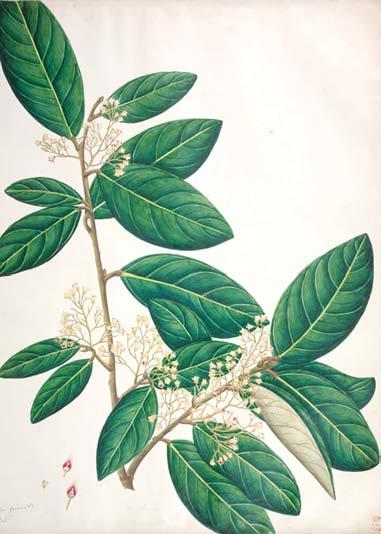
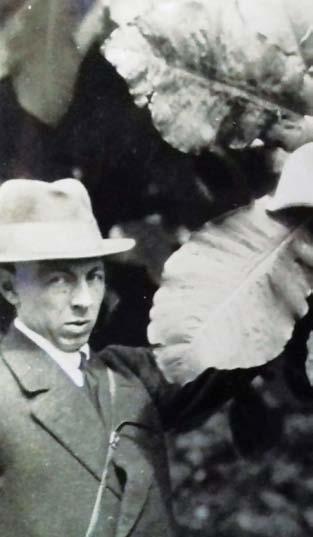
The young plant hunter with his fi nd. Frank Kingdon-Ward

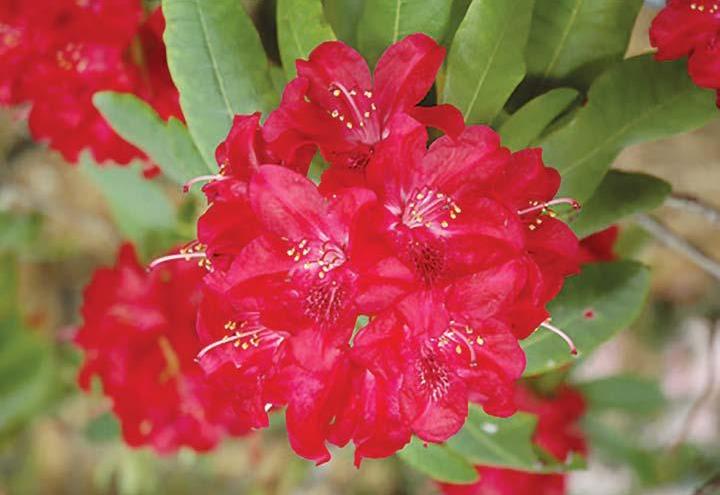
A Burmese red rhododendron growing in a garden in Pennsylvania. Source - Beechwood Gardens
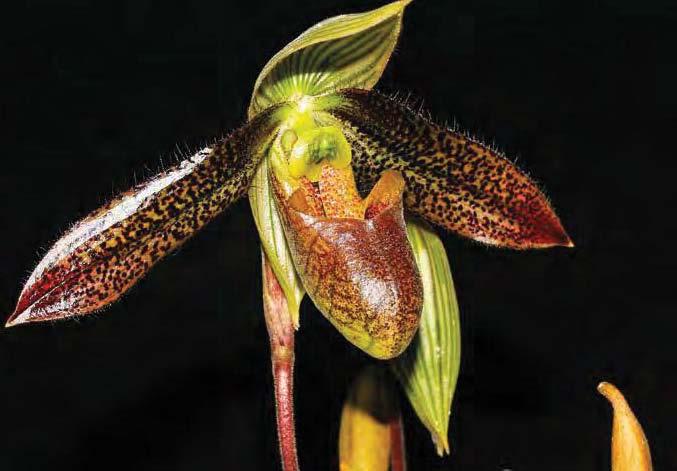
Frank Kingdon-Ward identi fi ed this amazing slipper orchid near Putao in 1922. It was named Paphiopedilum Wardii in his honor. Source - Gardenwise U Chit Ko Ko was a noted Myanmar botanist who trained with Frank Kingdon-Ward. Source - New York Botanical Garden
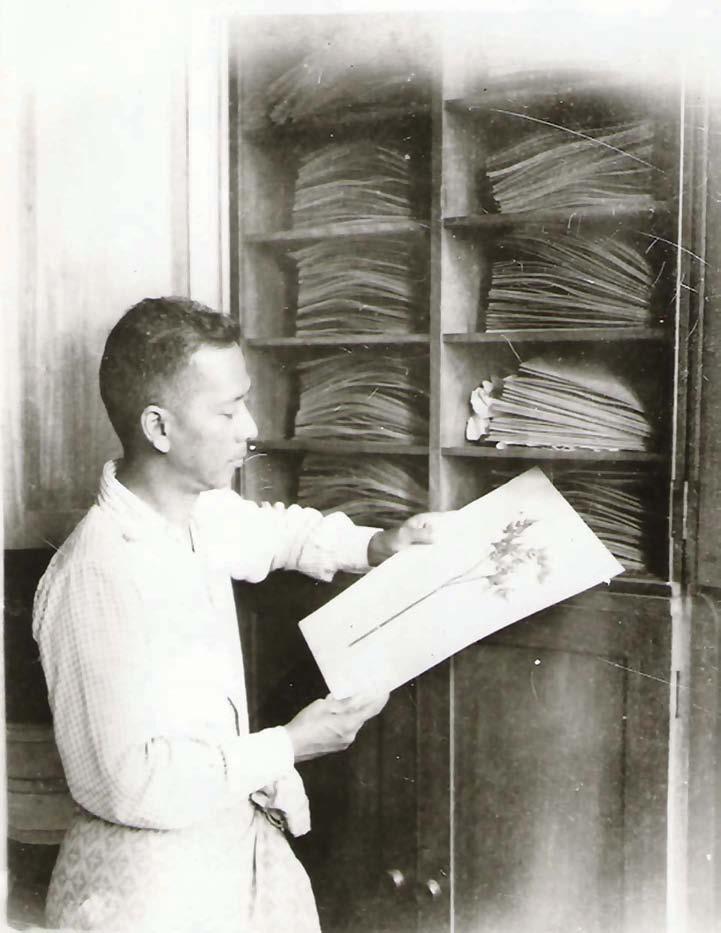
The Thawkagyi tree. Renamed Amhersti a Nobilis aft er the wife of the 1st Earl of Amherst
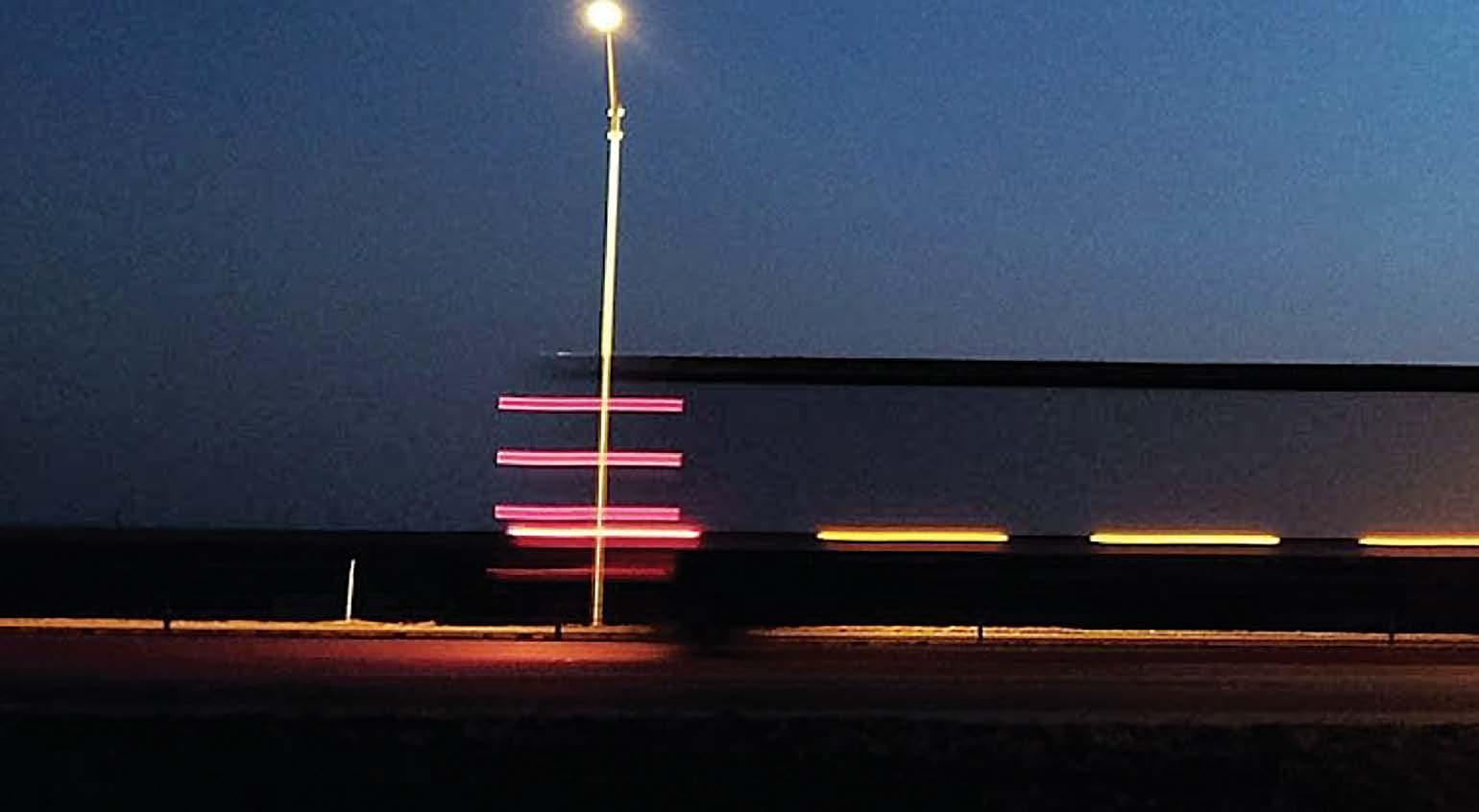
MYANMAR TRACKER: MYANMAR TRACKER: PROVIDING REAL-TIME VISIBILITY OF YOUR ASSET
There’s a call, you’ve heard this story nine ti mes before. One of your cars has been involved in a serious crash. Who’ll contact the family, how can you help? Soon the fear takes over, of why, why and why can’t we stop this? XYL knew it had a problem aft er ten fatal accidents in three months. It was then the company turned to Myanmar Tracker to successfully solve the problem.
Every company has a duty of care to ensure safety for clients, workers and the community. If safety is compromised again and again at some stage management needs to take a good hard look at what’s going wrong.
Myanmar Tracker knows the pain that companies experience aft er an accident, when employees are irresponsible with equipment, or steal company assets, it’s not just a financial questi on but communiti es can suff er.
Aft er investi gati ons into the fatal crashes XYL, one of Myanmar’s largest business conglomerates were told that the major cause of accidents

was excessive speeding.
Addressing the issue was a matt er of urgency, not only for the safety of the community but it had cost the company 80 million Kyat ($58,480 USD) and their insurance company was threatening to withdraw their cover.
The questi on for the company was how do you stop workers and clients speeding who are located hundreds of kilometers from the offi ce?
Myanmar Tracker to the rescue! Today, every one of the company’s 90 car fl eet has been fi tt ed with a MT Safety Speed. The installed device will stop the car from travelling over 80 kilometres per hour (49 Miles per hour).
By introducing the right technologies businesses can not only increase productivity but furthermore decrease their assets operati ng costs, improve safety and reduce their environmental impact.
Reducing operati ng costs
As an industry norm, fuel accounts for 30% of a fl eet’s operati onal costs and in most cases is the largest operati onal cost. Fleet managers fi nd it challenging to reduce this cost as there are numerous factors that contribute to fuel usage – hard braking, sudden acceleration, speeding and fuel theft to menti on a few.
A great success story is of Pongrawe/ Asia Sun, Puma Energy’s main transporter of Jet Fuel. When dealing with the transportati on of hazardous cargo, any accident can become a tragedy and an environmental disaster. Hence Puma came to Myanmar Tracker in 2017 to help them implement a fl eet management system which would give them the ability to adhere to the strict rules sti pulated in the International Transportion of Dangerous Goods Act.
Not only was Myanmar Tracker able to reduce speeding violati ons, and harsh driving by 90 percent but furthermore it also helped to reduce fuel theft and fuel consumpti on. Within three months Pongrawe/ Asia Sun, was able to reduce their overall fuel bill by 20%.
Myanmar Tracker’s “vision is to use technology to conti nuously improve the lives of our fellow citi zens wholesomely: Enhance profi tability, cut down wastage and culti vate healthy working environments,” said Yasen Jamal, CEO, Myanmar Tracker.
This is no start-up company. Since 1941 the company has grown out of Uganda and integrated its technology into industry, from Canada to the UAE, and the UK. In 2012 the parent company, Jamal Walji Group, saw the opportunity to help modernize businesses and maximise resources in Myanmar. Myanmar Tracker has worked with large nati onal and multi nati onal organisati ons in a vast variety of industries ranging from insurance, school, to vehicle leasing companies. Myanmar Tracker brings with them a solid team lead by a CTO from Canada who has 12 years of experience in electronic engineering.
There is no one-size-fi ts-all soluti on for all businesses.
Each client will be off ered technology that is craft ed to ensure unique outcomes and address problems identi fi ed by each client.
For example one of the largest Heavy Machinery and Excavator Leasing company’s came to Myanmar tracker asking for a soluti on to enable them
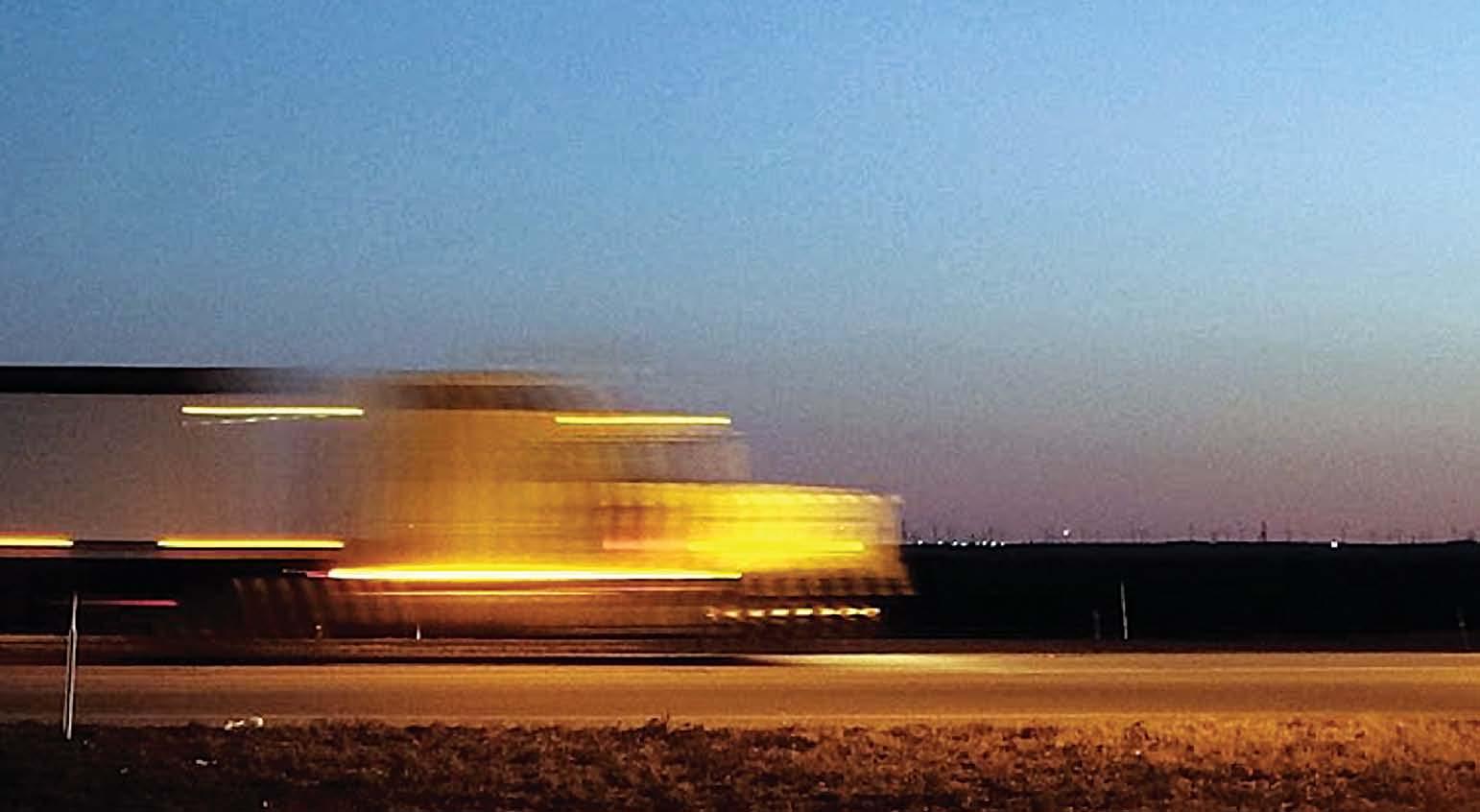

to track their machinery being used in the remotest places in Myanmar. Places which have no cellular network coverage at all. Over the last two years, they had started experiencing payment delays by their customers, and some of their machines have also disappeared. Myanmar Tracker was able to come up with a custom soluti on which would not only allow them to track their machinery on a daily bases and, if needed, they could also disable the machine from being used.
The innovati on is limitless. Already technology is providing support to monitor with high accuracy, fl ooding, waste, even soil saturati on and temperatures. so many aspects of life.
That’s just today, but Myanmar Tracker sees the potenti al of applying GPS systems into so many ventures. Just imaging keeping children safe as they return from school. What if parents could view the locati on of the school bus as it chunks down the road? At the right ti me, you can stop work, and without wasti ng ti me meet your ti ny tots as they leave the care of the educati on system to be in your arms.






